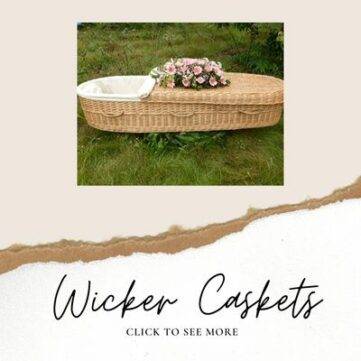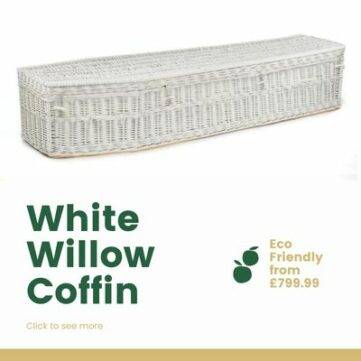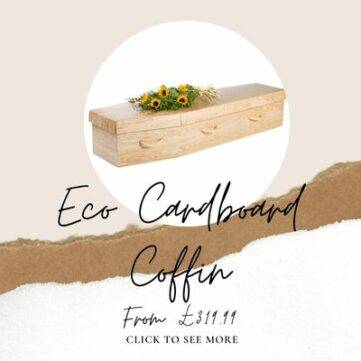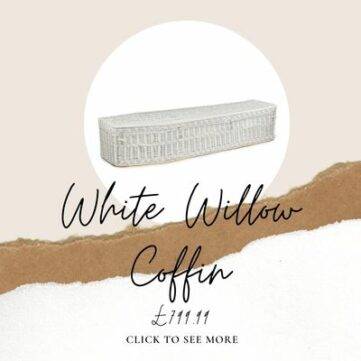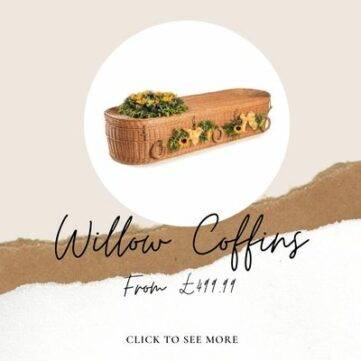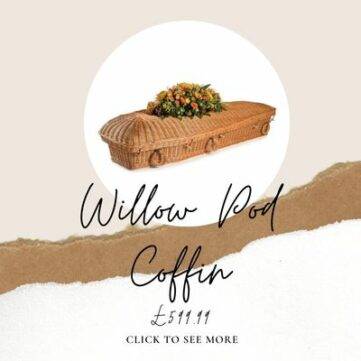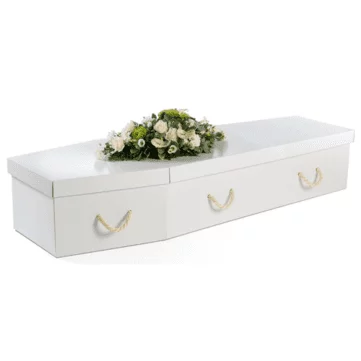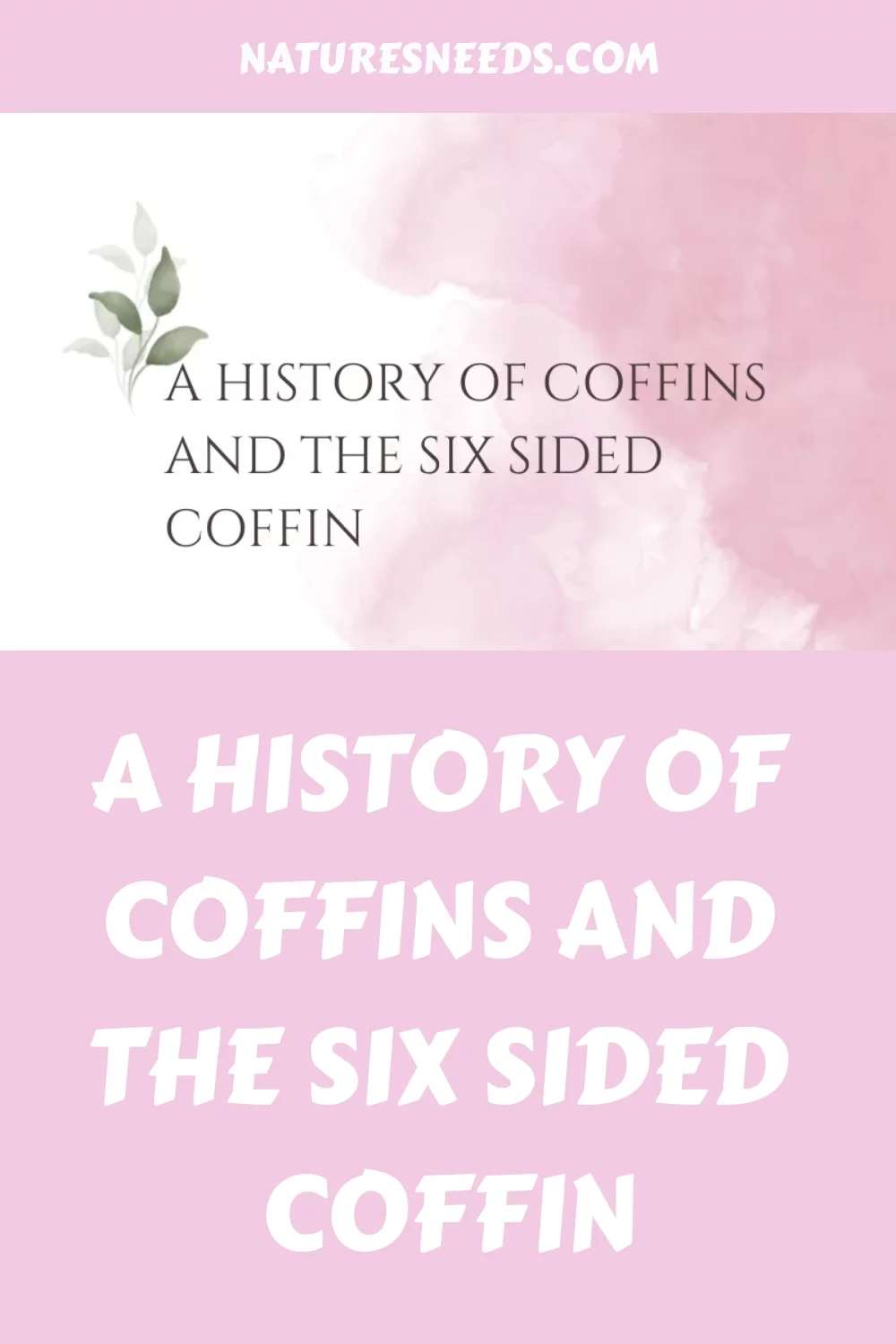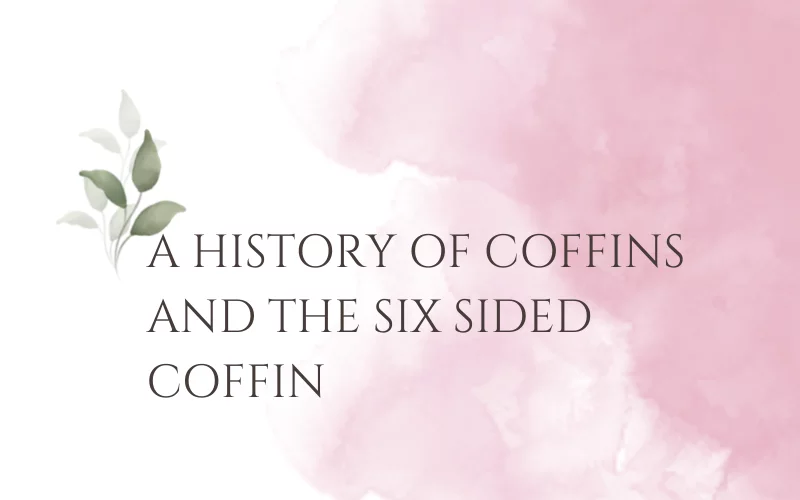
Death is a universal experience, and the rituals surrounding it vary widely from culture to culture. One of the most common objects associated with present day death is the coffin or casket. Though we often take coffins for granted, the history of coffins and caskets is storied and unique.
The history of six sided coffins and their role in modern burial is unique and fascinating.
Early Natural Composting
Over the thousands of years of the Pleistocene era, the ritual of disposing of the dead evolved from a simple process of just discarding the body by abandonment and moving on. This was natural composting in its simplest form. However, leaving the body behind to compost naturally left no trace or trail for modern archaeology to examine or follow.
The evidence of human beings having existed during this early period has been washed over and dissolved by time and natural events. Leaving no traces for the archaeologist to piece together any sequence of events.
There is little evidence to tell us how the dead were treated during these early years. No skeleton remains, no environmental clues, no cave drawings have been found older than 130,000 years ago
Burial Rituals Begin
At some point during the Pleistocene era, the process of burial started to develop.
Probably encouraged by a need to hinder animal activity at the burial site. So far the oldest known burial site is at Qafzeh Cave in Israel. This has been dated to approximately 130,000 years ago.
Although it’s generally accepted that the conscious process of burial could be the first stage of a more spiritual process, where burying the dead is perhaps the earliest form of religious practice and suggests people were becoming concerned about the validity of events that happened post death.
The burial site at Qafzeh Cave in Israel offers no evidence of any alternate reason for burial other than a means of body disposal following death, and a means of protecting the body from animal desecration.
Evidence Of Burial Rituals
It wasn’t until the discovery of a burial site, 10 miles from the sea in Kenya, that unequivocal evidence was found confirming a process of spiritual burial.
The discovery was the remains of a 2 to 3 year old child.
The child had been buried with extraordinary care in a prepared and purposely dug site, this process revealed a caring people where the site had been prepared for interment, and had then been covered with earth by the community.
This process had taken place 78,000 years ago, and although there are older sites, they do not offer such unequivocal evidence for a purposely designed burial .
The earliest evidence of wooden coffins dating over 7000 years, were found at Beishouling, Shaanxi, China. Where clear evidence of a rectangular wooden coffin was found.
The first manufacture of caskets occurred over 5,000 years ago in ancient Egypt.
In Egypt a system developed where the body was prepared for entry into the afterlife. The body needed to be ceremoniously prepared and mummified.
This led to a system of mummification and interment in a sarcophagus. Over time other cultures developed their own methods of preserving the dead.
The Six Sided Coffin
It wasn’t until the 16th century that coffins began to resemble the ones we use today. And in 1700’s , a change in English law allowed all people to be buried in a coffin. Previous to this, coffins had been reserved for the wealthy, with the poorest people commonly buried in a shroud and placed into the ground
The name coffin was taken from the French word Cofin. Later to be adapted as a means of transporting the dead. In part for its ability to keep the body snug in place,
Today, coffins and caskets still form an important part of many funeral customs.
Coffins come in different styles and are made from different materials. Original coffins were made from traditional materials such as willow, solid wood, stone and marble. Metals such as gold, copper, lead and steel. Then modern materials such as fibreglass, MDF wood and cardboard.
The design and also the dominant material would reflect the rank and status of the deceased.
Until the 1900s, people were buried in a shroud or in a 6-sided coffin. The casket, that we think of today, was late to be adapted. And the word “coffin” comes from the Old French word “cofin”, meaning basket, and the word officially entered the English language as ‘coffin’ in 1380.
The 6-sided coffin was favoured because its special shape kept the body snugly in place, allowing better transportation during the wars in the 1700s.
The word refers to a tapered six sided box. Narrow at the head and tapering towards the foot. A coffin has a fixed lid. Whereas a casket is typically rectangular in shape and has four sides that come together at a sharp corner. And the lid is able to be removed.
Over time, other cultures developed their own methods of preserving the dead. It wasn’t until the 16th century that coffins began to resemble the ones we use today.
A Return To natural Composting
A choice becoming more acceptable to modern society and being accepted by legislation and other eco friendly organisations is the relatively new process of human composting. An act of breaking down the body to a compost level.
A public-benefit corporation has developed a natural alternative to conventional cremation and burial. A notion of actively returning human remains to a usable soil product, and in 2013 a company named Recompose was formed and became the world’s first legalised human composting service.
The process of composting organic waste can reduce more than 50% of carbon dioxide equivalent. That means that food waste thrown in a landfill will emit about three times more carbon than the same waste if it were to be composted.
With increasing loads being bought to bear on human population, an alternative solution has to be encouraged. And with evidentiary support continuing to mount in favour of human composting, the shear number of people choosing this process will guarantee a place in to the 21st century…
Author: Micheal Hughes
Generated with Pin Generator
FUNERAL QUOTES
Get The Little Book Of Spiritual Quotes For Funerals
- Never be stuck for words
- Express your thoughts & feelings
- Create a beautiful funeral
